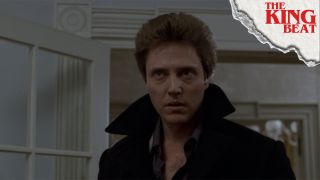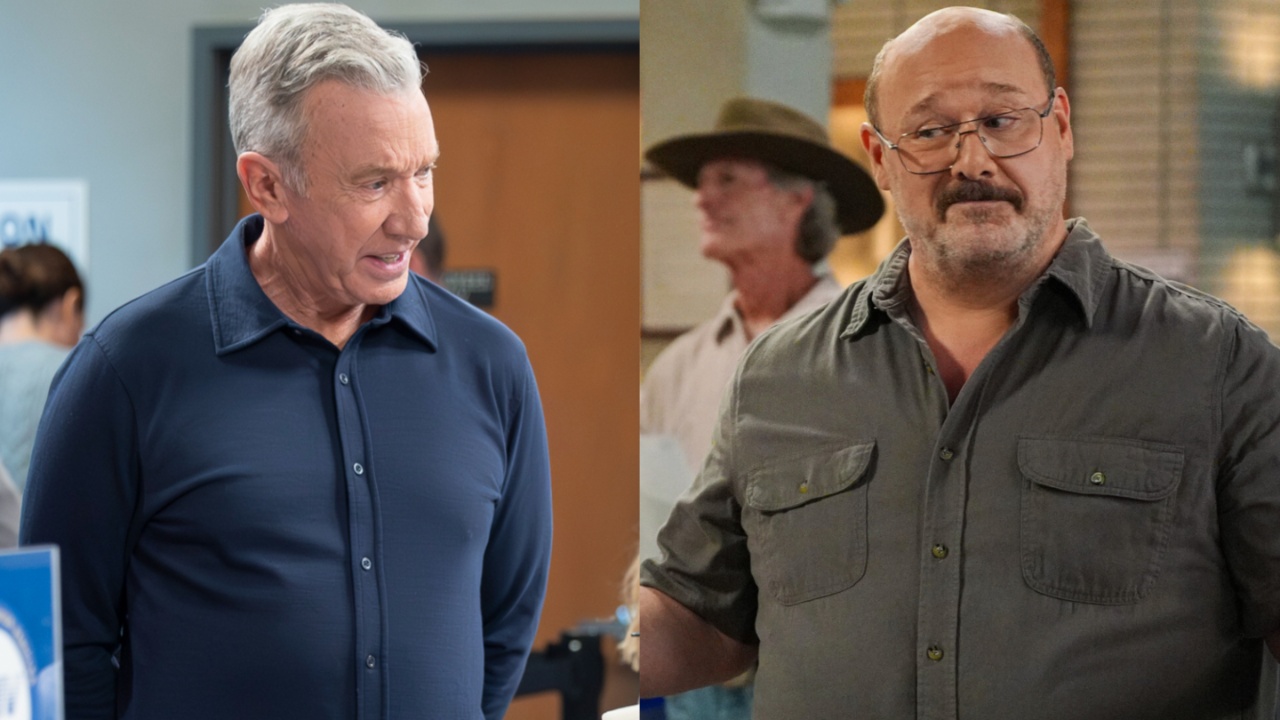horror
Latest horror

Five Nights At Freddy’s 2 Review: The Video Game Movie Sequel Limbos Under The Low Bar Set By The First Film
By Eric Eisenberg published
Yes, it's actually worse than the first movie.

I Called Stranger Things’ Missing Jane Hopper Line, And It Turns Out It's A Real Phone Number
By Adam Holmes published
Try it out for yourself!

‘There’s This Phenomenon’: Ahead Of Sarah Paulson’s Return To American Horror Story, She Explains Her Break From The Franchise
By Corey Chichizola published
The Supreme is back!
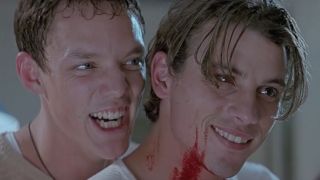
Why Joining Scream 7 Was ‘Intimidating’ To Matthew Lillard
By Ryan LaBee published
A comeback this big was always going to be bloody complicated.
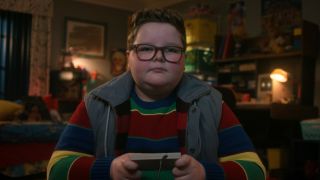
Derek Is My Favorite New Stranger Things Character, But I'm Worried About One 'Turnbow Trap' Loose End
By Laura Hurley published
Let's visualize this.

‘We Had No Illusions’: Welcome To Derry’s Co-Creator Details What It Took To Convince Bill Skarsgård To Return As Pennywise
By Eric Eisenberg published
Exclusives Two key elements got the actor to sign on.
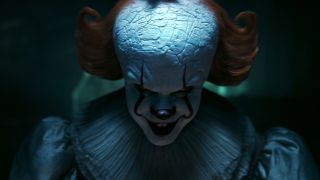
IT: Welcome To Derry's Most Upsetting Scene (So Far) Has Nothing To Do With Pennywise
By Corey Chichizola published
My heart dropped.
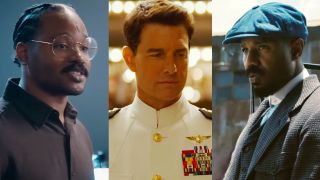
Michael B. Jordan Talked Meeting 'Incredible' Tom Cruise For Sinners (And Ryan Coogler Sounds A Little Jealous)
By Ryan LaBee published
This is such a relatable reaction.
CINEMABLEND NEWSLETTER
Your Daily Blend of Entertainment News
LATEST ARTICLES
